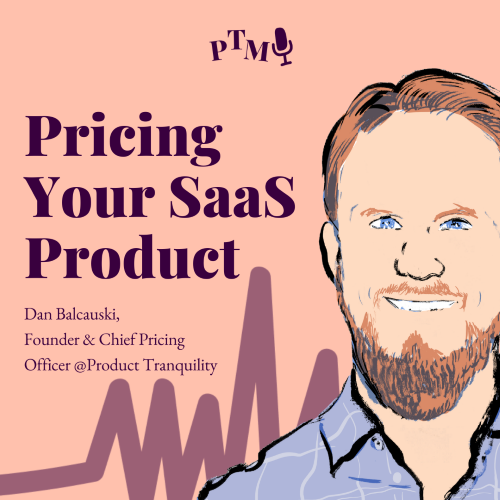
In a recent episode of the Paris Talks Marketing Podcast with host Paris Childress, we discussed the complexities of willingness to pay (WTP) and value-based pricing in the SaaS industry. Our conversation emphasized the critical role of customer context in pricing, the risks of neglecting value discussions in product development, and effective methods for understanding customer preferences. We also highlighted the importance of clear pricing objectives, structured communication plans, and customer segmentation in B2B environments.
Key topics we covered in this episode:
- How variations in the pricing landscape are influenced by customer context.
- Risks and pitfalls of not having in-depth value and WTP conversations during product development.
- Effective methodologies for understanding how customer preferences affect pricing.
- The importance of having a clear objective when optimizing prices.
Timestamped Outline
06:07 Pricing approach based on value and benefits.
15:40 Thor Heyerdahl, Elon Musk, and competitive alternatives.
16:45 Developing soft skills to identify customer needs.
20:54 Willingness to pay driven by perceived value.
26:07 Understanding customer willingness to pay.
31:54 Free trials and samples increase perceived value.
36:51 The philosophy of “good, better, best.”
43:19 Aligning value with pricing for mutual benefit.
48:14 Pricing strategies are overlooked.
Potent Quotables
How to Determine Consumers’ Willingness to Pay:
“So when we ask someone the direct Question of what would you be willing to pay for this? We completely we just assume then this is like, oh, there’s just a number inside your head that you’re absolutely willing to pay, and and I can get it out.” — Dan Balcauski
“The more detailed you can get about understanding what that context is that your customers have, the better you’d be prepared to have a rigorous price associated with your product as well.” — Dan Balcauski
B2B Pricing Rollout Strategy:
“I may not want to touch those customers at the first brush. I also may want to get their opinion of what we’re planning before I actually roll it out, to understand what their possible reactions might be and possible feedback on on things we can improve. — Dan Balcauski
